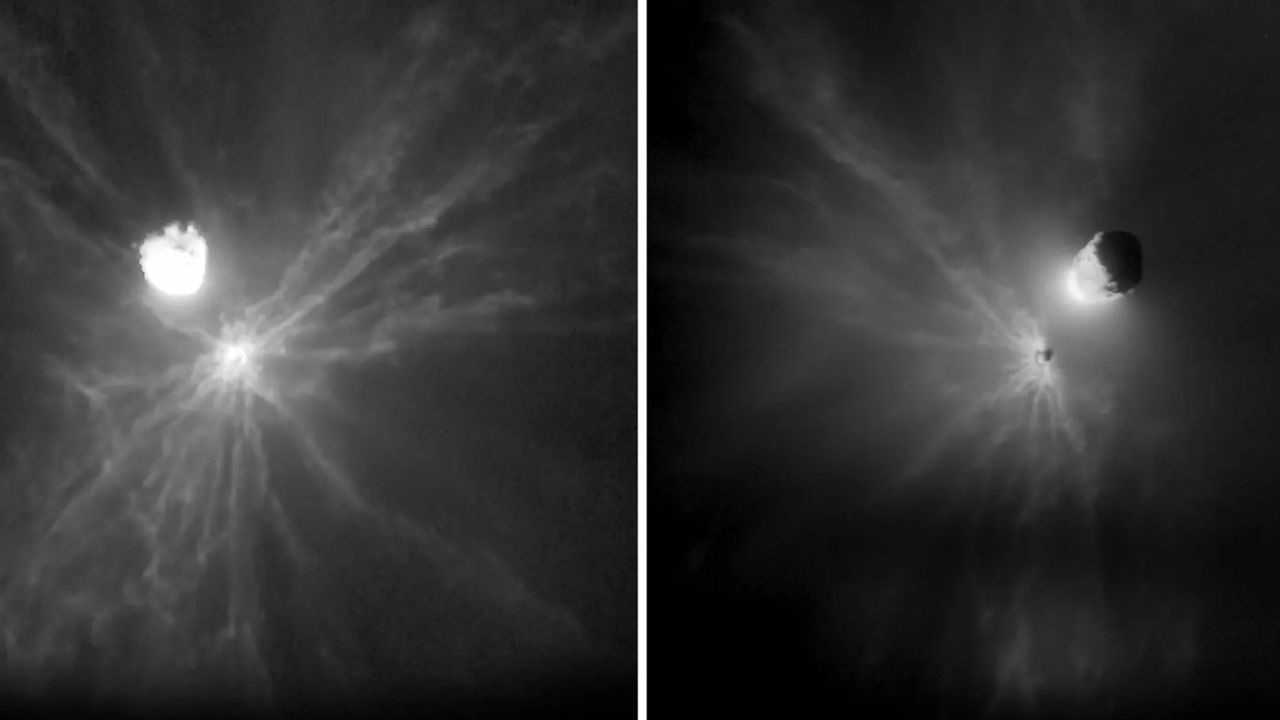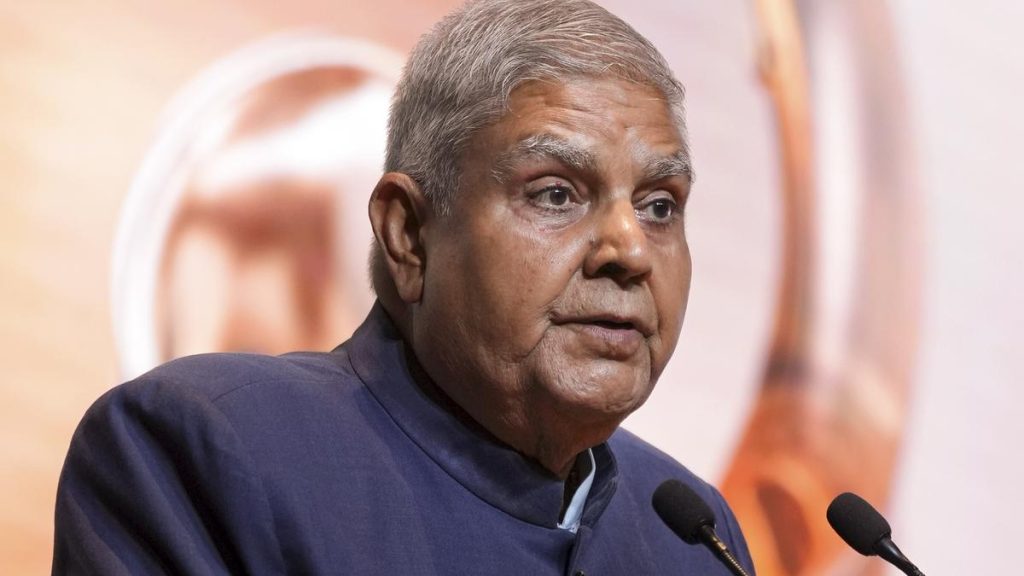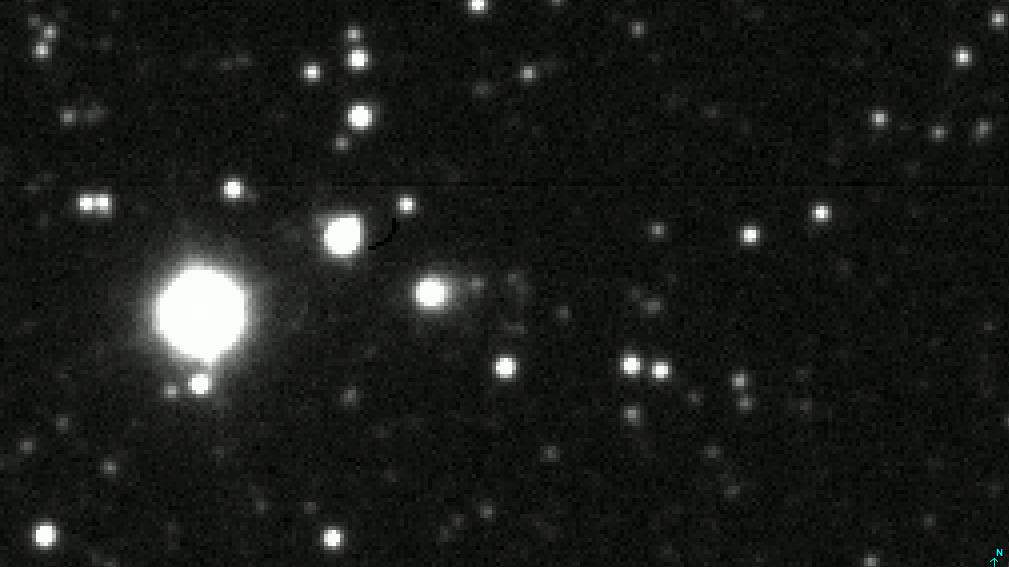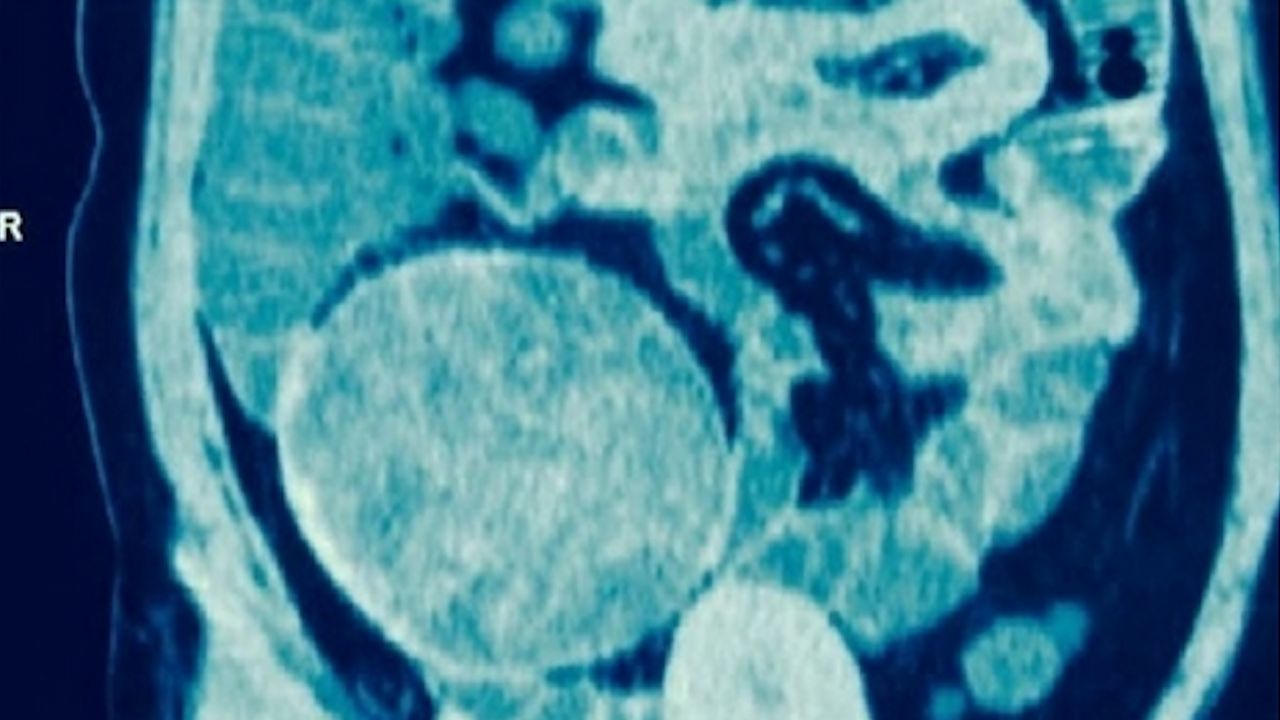Now Reading: NASA’s DART Mission Uncovers Unexpected Risks in Asteroid Deflection Efforts
-
01
NASA’s DART Mission Uncovers Unexpected Risks in Asteroid Deflection Efforts
NASA’s DART Mission Uncovers Unexpected Risks in Asteroid Deflection Efforts

Rapid Summary
- NASA’s DART spacecraft deliberately crashed into asteroid Dimorphos in September 2022 to test the “kinetic impactor” method for deflecting hazardous asteroids.
- The mission successfully altered Dimorphos’ trajectory,reducing its orbital period around Didymos by 30 minutes and reshaping its structure.
- New analysis reveals unexpected behavior of debris – large boulders ejected during the collision are moving with three times more momentum than predicted and are forming non-random patterns, challenging assumptions for future asteroid deflection missions.
- Key observations from ESA’s LICIACube tracked 104 ejected boulders ranging in size from 0.7 to 11.8 feet, revealing unpredicted dynamics possibly due to hidden physical factors.
- Researchers stress the importance of accounting for these complexities when planning asteroid intervention strategies in Earth’s defense systems.
Related Findings:
- Some boulder fragments may eventually collide with Mars or Earth over thousands of years but pose no immediate risk.
- Despite uncertainties, kinetic impact remains the best-known technique for safeguarding against dangerous asteroids.
Images:
!Debris Field
!DART Final Moments
!Rock Fragments post Collision
Indian Opinion Analysis
the findings from NASA’s DART mission highlight a significant scientific milestone while underscoring challenges that could influence global space defense policies. Successfully demonstrating asteroid trajectory alteration is a critical step toward planetary defense; however, unforeseen behaviors like enhanced debris momentum and clustered patterns introduce variables requiring deeper analysis.
For India-a country aiming to expand space exploration capacity through initiatives like ISRO’s upcoming Aditya-L1 solar mission-these insights emphasize the necessity of precise modeling when addressing complex celestial threats. Collaboration with global agencies such as NASA and ESA could strengthen India’s readiness against possible risks associated with near-Earth objects (NEOs). Furthermore, investing in research on kinetic impact strategies aligns well with India’s ambition to become a prominent player in space technology and regional security.Understanding Dimorphos’ aftermath also serves as an example that science-driven solutions might require iterative refinement before execution on larger scales-a valuable principle applicable across fields beyond astronomy for decision-makers worldwide.























